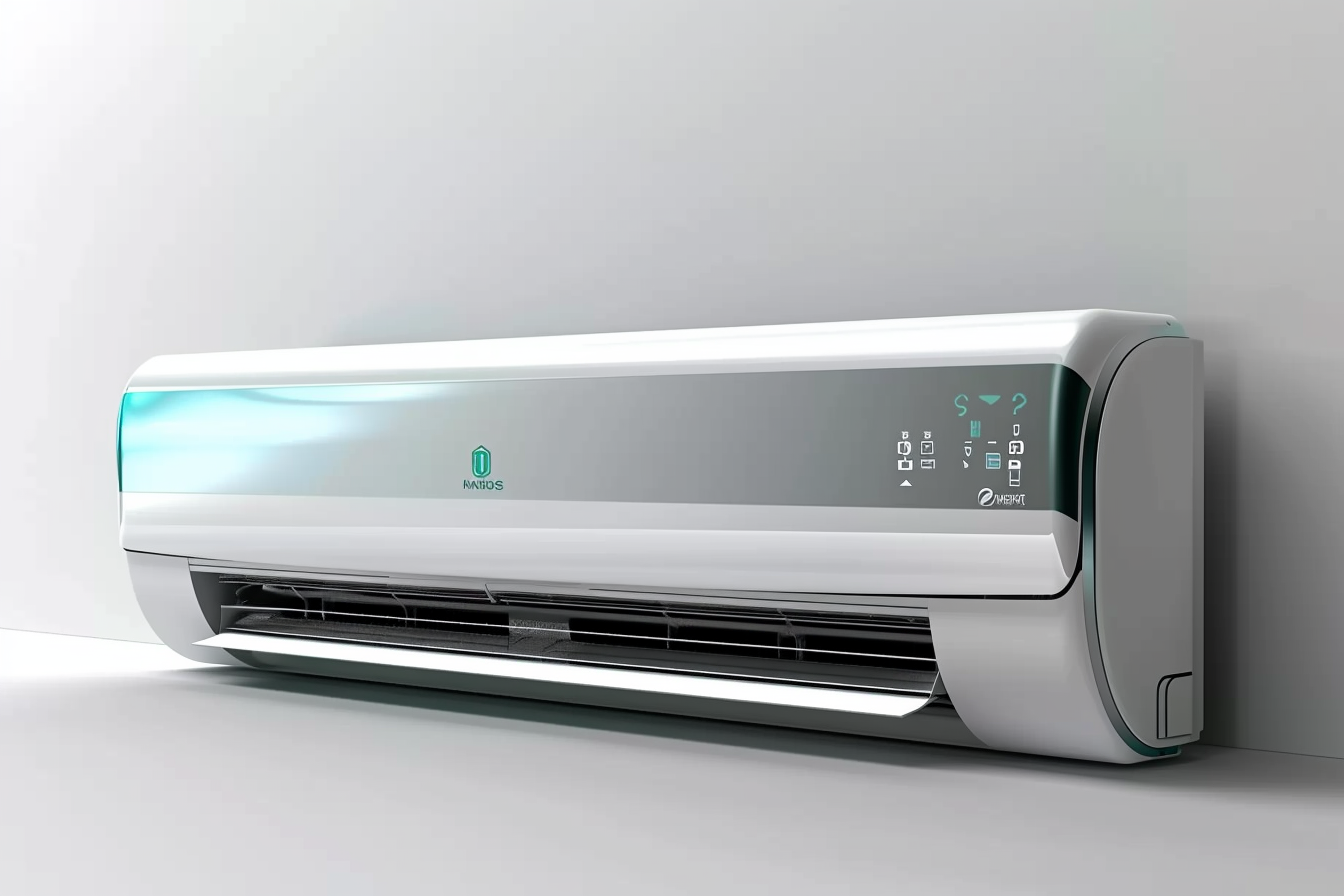Air Conditioning Systems: Complete Guide for Australian Homes
Air conditioning has become an essential component of modern Australian homes, providing comfort during the country's often extreme weather conditions. With temperatures regularly soaring above 40°C in many regions, understanding the various types of air cooling systems available can help homeowners make informed decisions about their climate control needs. From traditional split systems to advanced heat pump technology, the options for keeping your home comfortable have expanded significantly in recent years.

What Are Home Air Conditioning Systems?
Home air conditioning systems are mechanical devices designed to regulate indoor temperature, humidity, and air quality. These systems work by removing heat from indoor spaces and transferring it outside, creating a cooler environment inside your home. The most common types include split systems, ducted systems, window units, and portable units. Split systems consist of an indoor and outdoor unit connected by refrigerant lines, making them popular for single rooms or specific areas. Ducted systems distribute cooled air throughout the entire home via a network of ducts, providing whole-house climate control.
How Do Air Cooling Systems Work in Australian Homes?
Air cooling systems for homes operate on the principle of heat transfer using refrigeration cycles. The process begins when warm indoor air is drawn into the system through return air vents or directly into the unit. The air passes over evaporator coils containing cold refrigerant, which absorbs the heat from the air. The cooled air is then circulated back into the room while the heated refrigerant travels to the outdoor unit. In the outdoor condenser, the refrigerant releases the absorbed heat to the outside air and returns to its liquid state, ready to repeat the cycle. This continuous process maintains comfortable indoor temperatures regardless of external weather conditions.
What Defines New Air Conditioning Technology?
New air conditioning technology focuses on energy efficiency, smart connectivity, and environmental sustainability. Modern systems incorporate inverter technology, which allows compressors to adjust their speed based on cooling demand, resulting in significant energy savings compared to traditional fixed-speed units. Smart air conditioners can be controlled remotely via smartphone apps, allowing users to adjust settings, monitor energy consumption, and schedule operation times. Advanced filtration systems now include HEPA filters and UV sterilisation capabilities, improving indoor air quality by removing allergens, bacteria, and viruses. Variable refrigerant flow systems represent another technological advancement, enabling precise temperature control for different zones within a building.
Which Systems Work for Apartment Air Conditioning?
Apartment air conditioning systems must consider space limitations, installation restrictions, and noise considerations. Split systems are often the most practical choice for apartments, as they require minimal structural modifications and can be installed on balconies or external walls. Portable air conditioners offer flexibility for renters who cannot make permanent installations, though they are typically less efficient than fixed systems. Multi-head split systems allow one outdoor unit to serve multiple indoor units, making them ideal for apartments with several rooms. Wall-mounted units are space-efficient and don’t occupy floor space, while cassette-style units can be integrated into suspended ceilings where available.
How Do Heat Pump Air Conditioners Operate?
Heat pump air conditioners provide both heating and cooling capabilities, making them versatile climate control solutions for Australian homes. During cooling mode, they operate like traditional air conditioners, removing heat from indoor spaces. In heating mode, the process reverses, extracting heat from outdoor air and transferring it inside, even when external temperatures are relatively low. This dual functionality makes heat pumps particularly suitable for regions with varied seasonal temperatures. Modern heat pumps can operate efficiently in temperatures as low as -15°C, though their heating capacity may diminish in extreme cold. The energy efficiency of heat pumps often exceeds that of separate heating and cooling systems, as they move heat rather than generate it.
| System Type | Provider | Key Features | Estimated Cost Range (AUD) |
|---|---|---|---|
| Split System | Daikin | Inverter technology, Wi-Fi connectivity | $800 - $2,500 |
| Ducted System | Mitsubishi Electric | Whole-house cooling, zone control | $8,000 - $20,000 |
| Multi-head Split | Panasonic | Multiple indoor units, single outdoor unit | $3,000 - $8,000 |
| Heat Pump | Fujitsu | Heating and cooling, energy efficient | $1,200 - $4,000 |
| Portable Unit | DeLonghi | No installation required, mobile | $400 - $1,200 |
Prices, rates, or cost estimates mentioned in this article are based on the latest available information but may change over time. Independent research is advised before making financial decisions.
Installation Considerations and Maintenance Requirements
Proper installation and regular maintenance are crucial for optimal air conditioning performance and longevity. Professional installation ensures correct sizing, appropriate refrigerant levels, and compliance with Australian standards and regulations. Regular maintenance includes cleaning or replacing filters, checking refrigerant levels, cleaning coils, and inspecting electrical connections. Most manufacturers recommend professional servicing annually to maintain warranty coverage and ensure efficient operation. In coastal areas, additional maintenance may be required due to salt air exposure, which can corrode components more rapidly.
The choice of air conditioning system depends on various factors including home size, budget, energy efficiency requirements, and personal preferences. Understanding the different technologies and options available helps Australian homeowners select systems that provide reliable comfort while managing energy costs effectively. As technology continues to advance, newer systems offer improved efficiency, smarter controls, and better environmental performance, making them worthwhile investments for long-term home comfort.




